
The bicycle has been around in some form or another since 1820. But by just how much the bike changed the world is often overlooked. In Europe before public transport in rural areas, the bike meant regular people could work and fall in love, outside of their own village for the first time. And it’s safe to say, the service the bike performed rather than how it looked, was the most important factor.
“…the assistant didn’t ask what you wanted it for, they just tried to sell you the most expensive racing bike they had.”
However, in the US, we lost track of this notion for some time. In the 1920s, while the Europeans were using the personal bike instead of the horse, we were looking towards the Model T Ford. Over the years, bicycles gradually became a children’s toy, and by 1940 most bicycles were made for children. The re-birth of the adult bike only happened in the 1960s when BMXs followed children into adulthood, and when the bicycle became seen as a fitness device. This meant, by 1990, racing bikes dominated the market. When you went into a store to buy a bike, the assistant didn’t ask what you wanted it for, they just tried to sell you the most expensive racing bike they had.
Surprisingly, it wasn’t until the 21st century that Americans started using bikes for a range of purposes — transport, commuting, fitness and sports. However, the development of these use cases is often seen as a ‘chicken and the egg’ event. The racing style bike was still omnipresent and cyclists simply used what they had. Alternatively, they bought a bike based on looks, such as a mountain bike with fat tires, and rode through the city. And it’s this disconnect between the use case, the user and the bike which makes the bike a great example of how a service comes to look like a product.
But there’s no getting around the fact, in the last ten years, the bike as a service provider has expanded its range of offers. Transport is no longer its only or primary function. People buy less efficient foldable bikes to reduce the walk from the subway to their office, they buy bamboo bikes to support indigenous tribes on the other side of the world and they buy recumbent bikes to support a better ergonomic position or get more speed. All these elements of bike technology are important to different user groups.
“…the unspoken service demands of making a customer feel more connected to their community, or motivating them to train more often.”
Now, imagine if you’re a bike engineer with a new project. What are the questions to be asked? They are: What are the specifications? What are the performance expectations? Etc. But they should also ask how they can address the unspoken service demands of making a customer feel more connected to their community, or motivating them to train more often.
Once all the goals have been mapped, only then can the design process begin. You then go about designing a holistic solution comprising of a hundred parts to deliver these features and benefits. Prototypes need to be built up and test riders need to come back and tell you what’s good and what’s bad. You need to conceptualize the bike in the hands of the user to see if it fulfills the soft goals. When something doesn’t work, you redesign, you strip parts away and replace them with others, which means other elements need to be changed too — just as you do when designing a service.
We tend to think of all services as intangible, and all products as physical items. But many products are simply the vehicles used to deliver satisfaction. As Theodore Levitt famously said, “People don’t want to buy a quarter-inch drill, they want a quarter-inch hole.” Every product we design needs to fulfill its implied service promise.
Here are different types of bikes.
Remember bikes are just a tool to deliver the desired service.
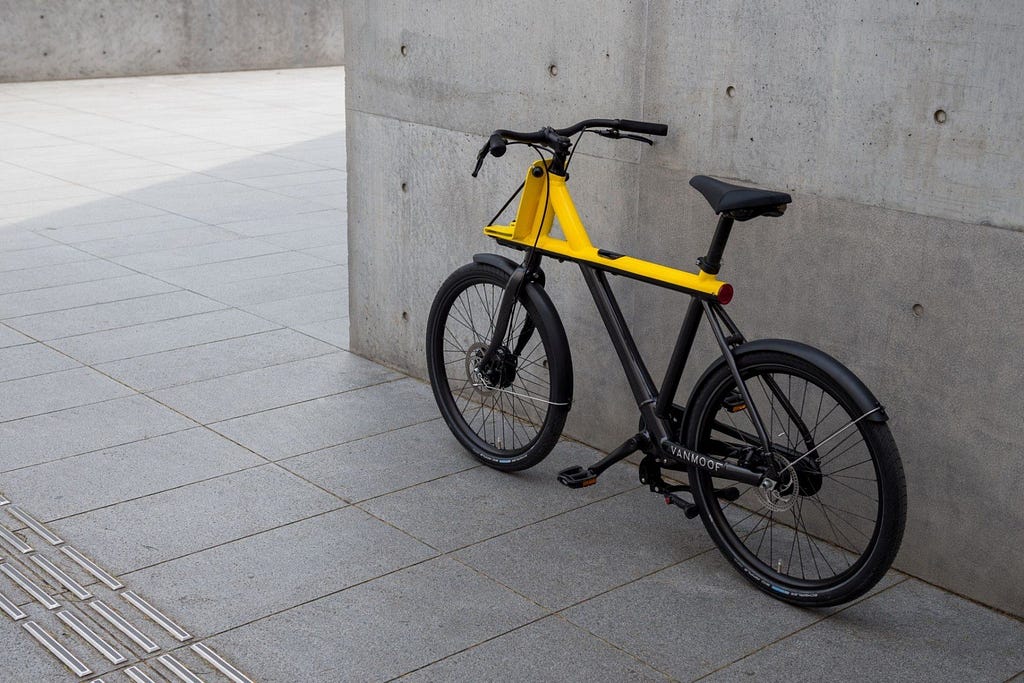
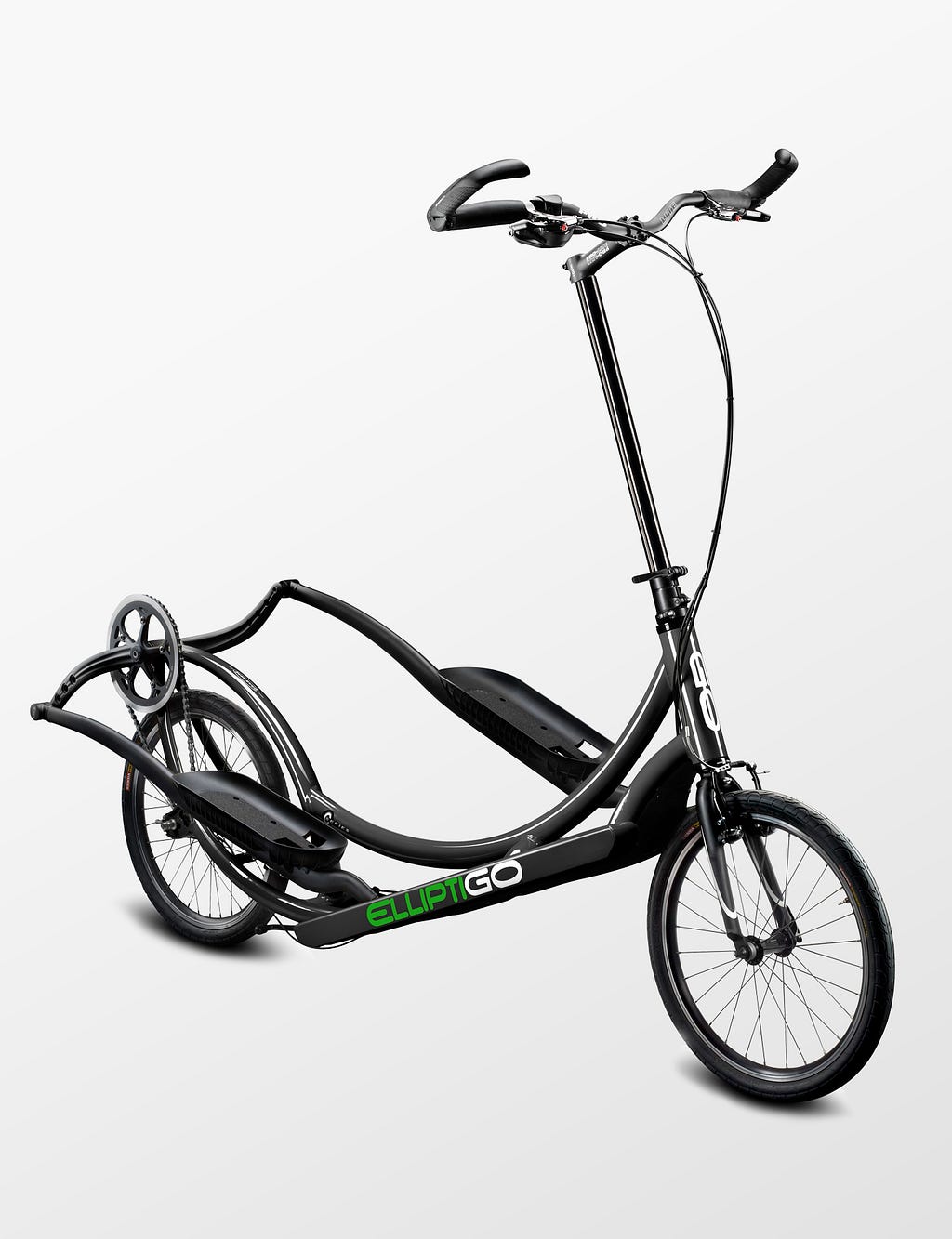

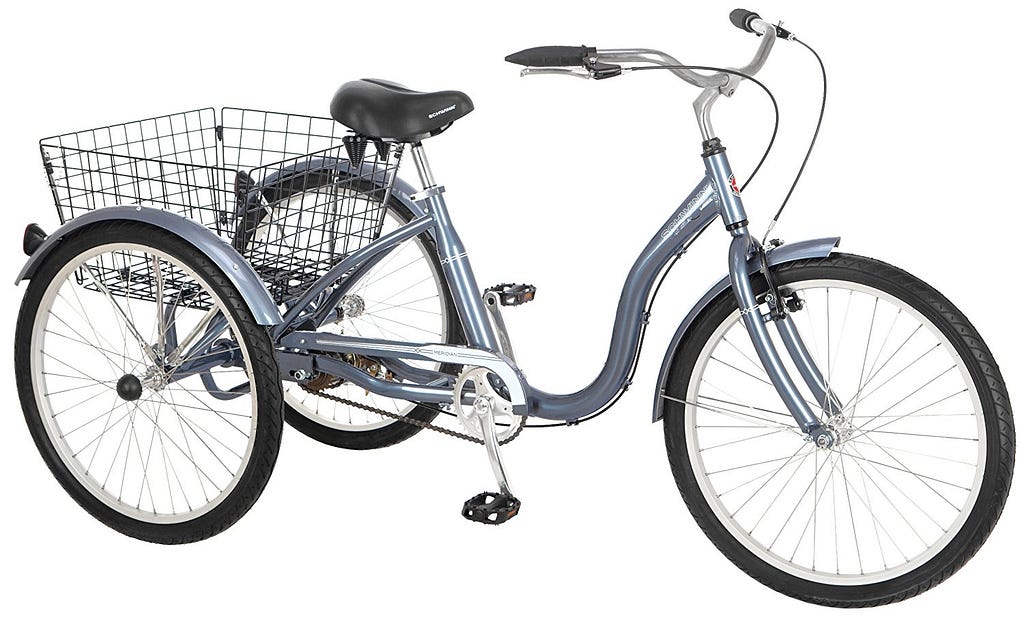

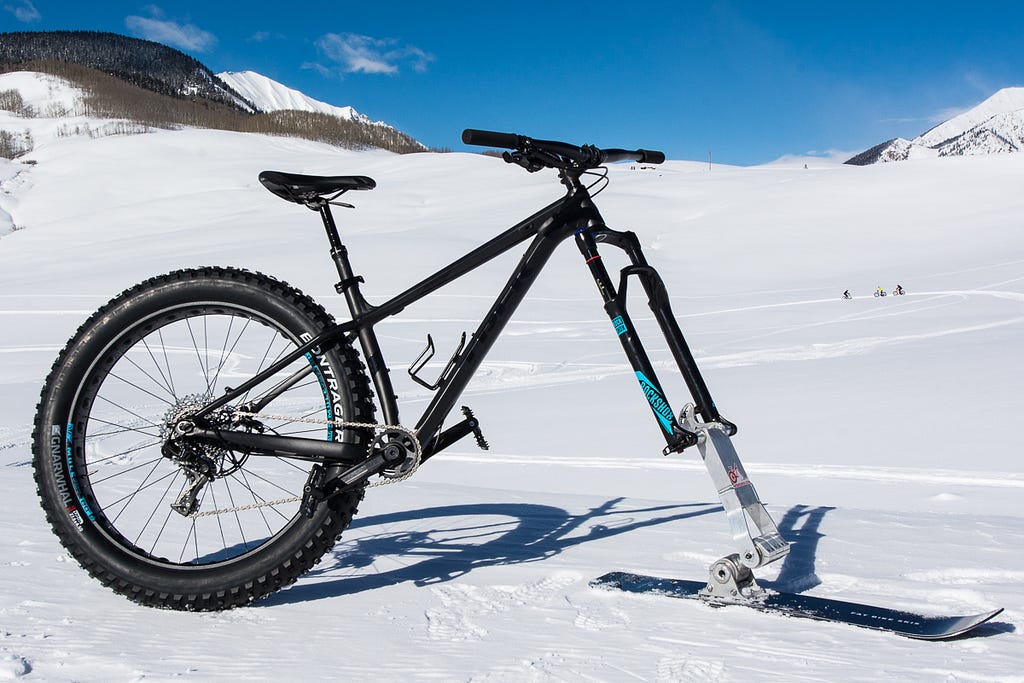
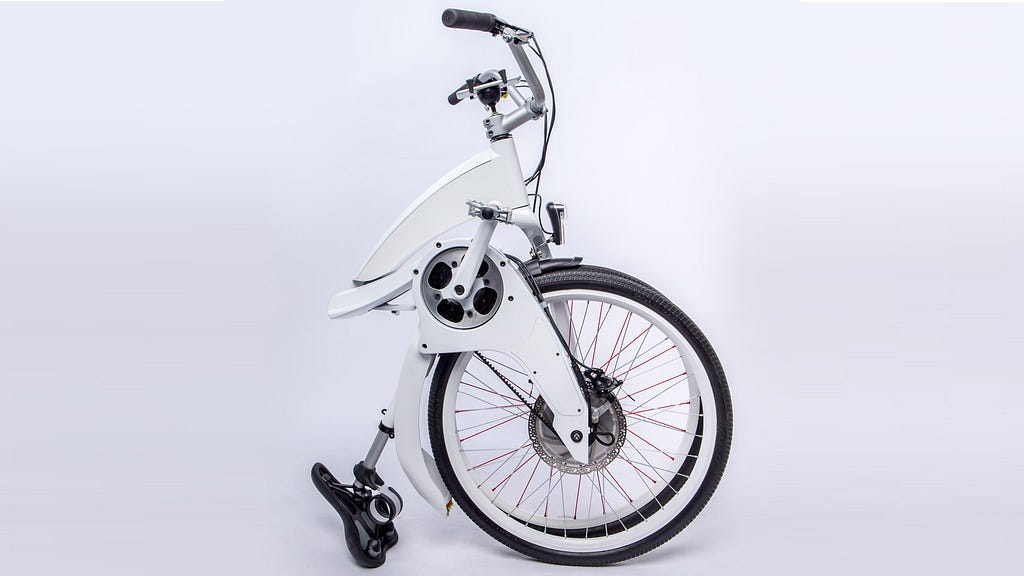
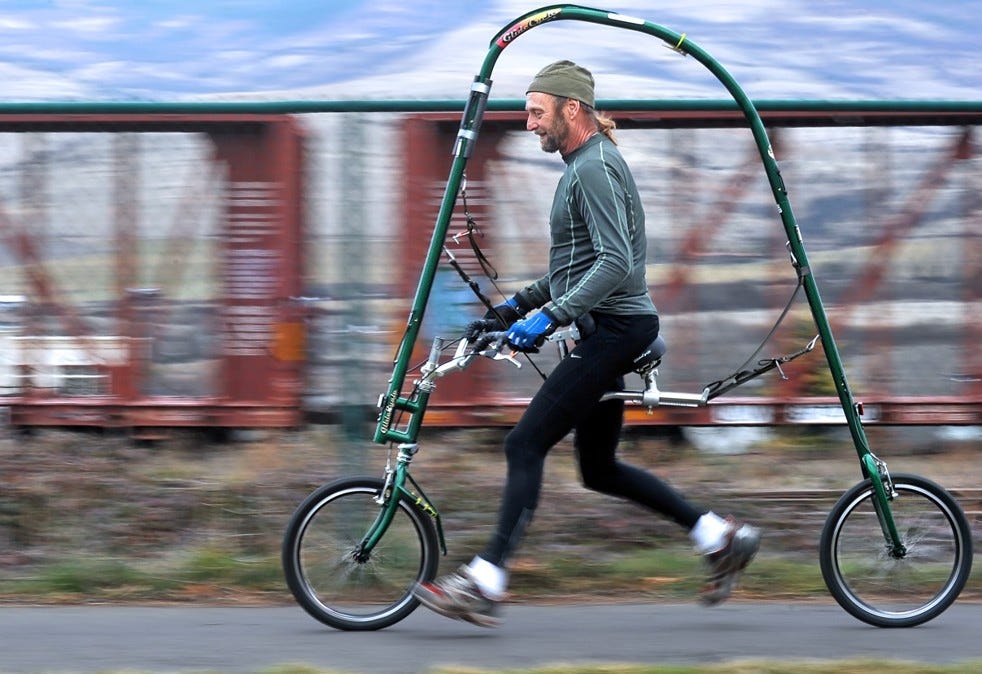
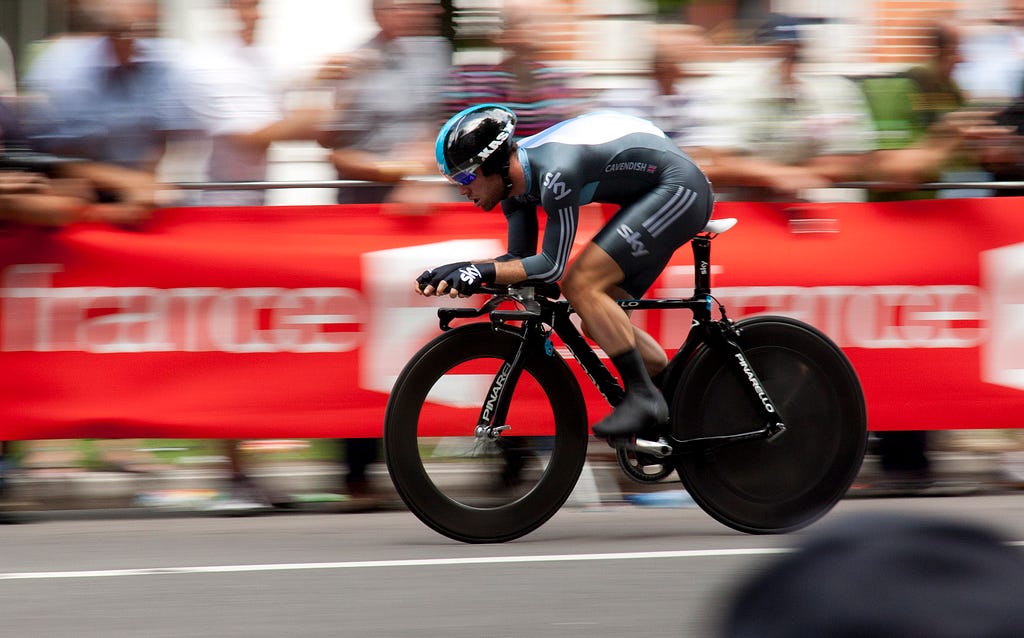
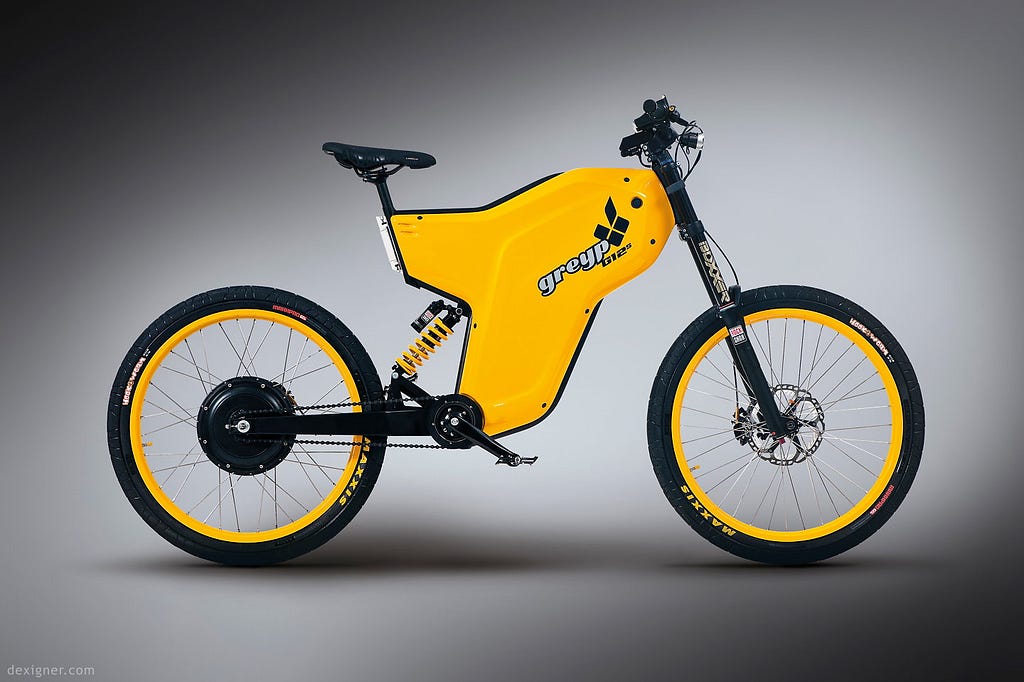
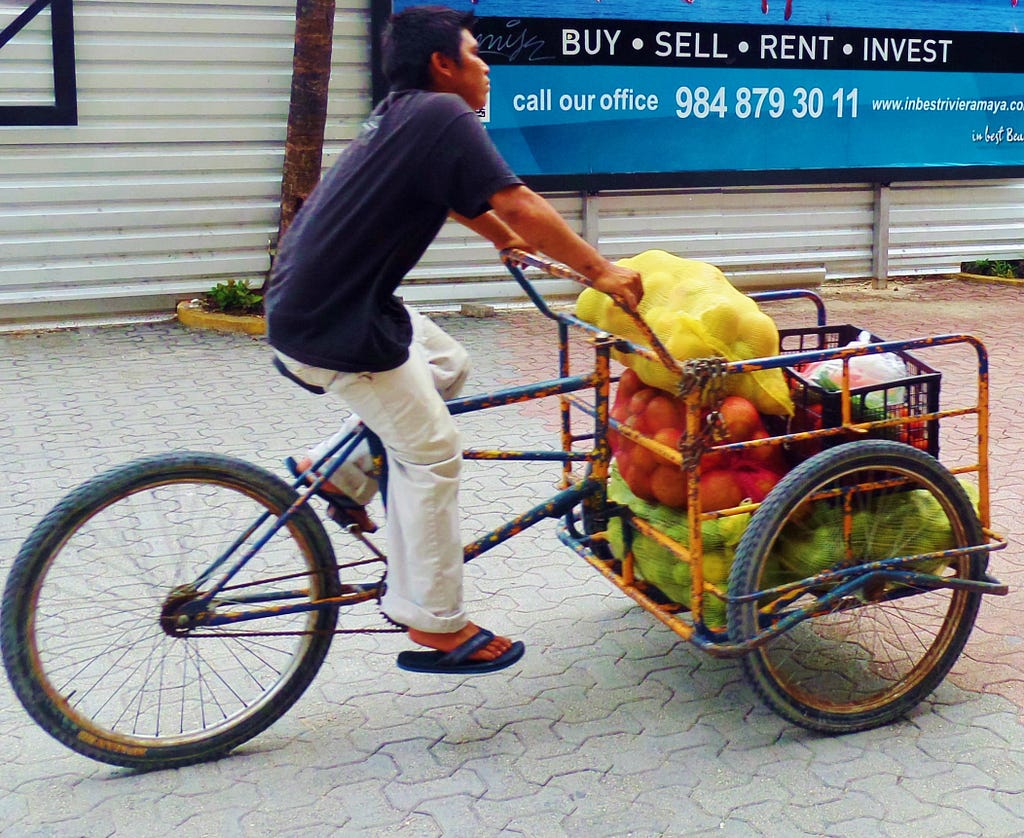
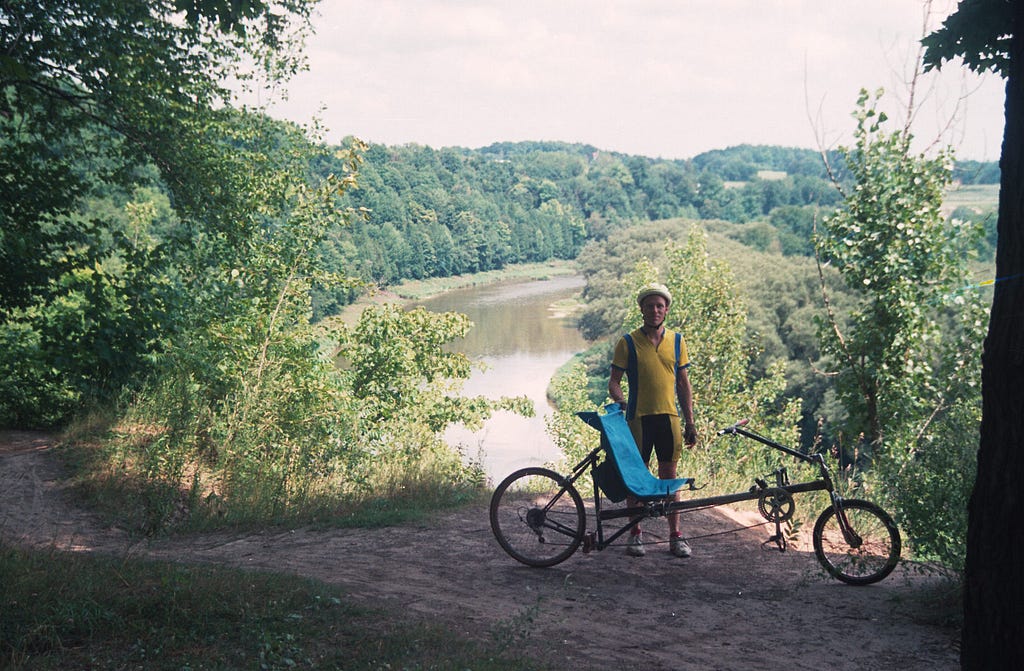

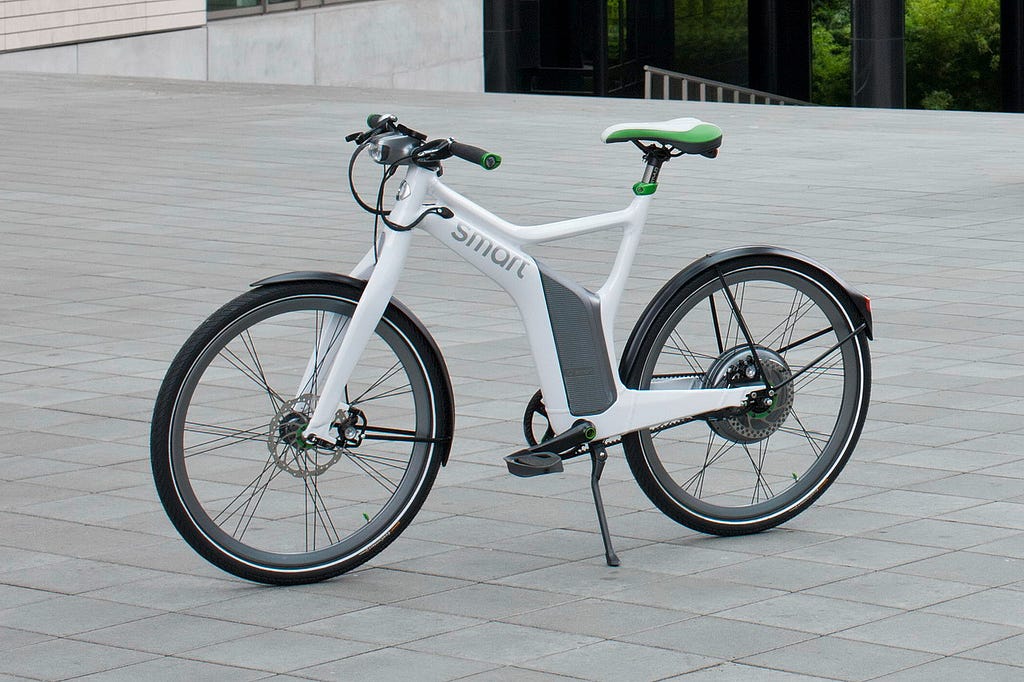
How a Bike Can Help Us Understand Service Design was originally published in UX Planet on Medium, where people are continuing the conversation by highlighting and responding to this story.


No comments:
Post a Comment